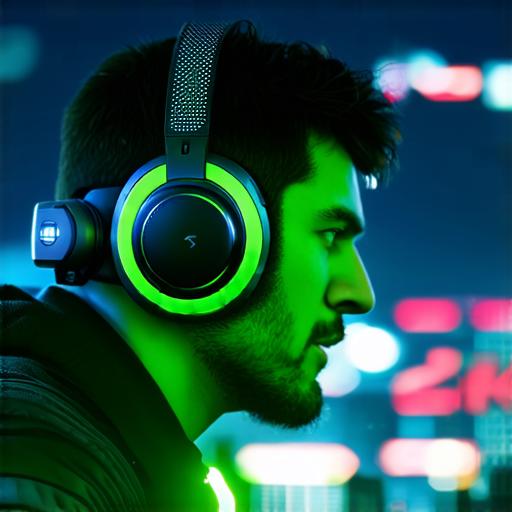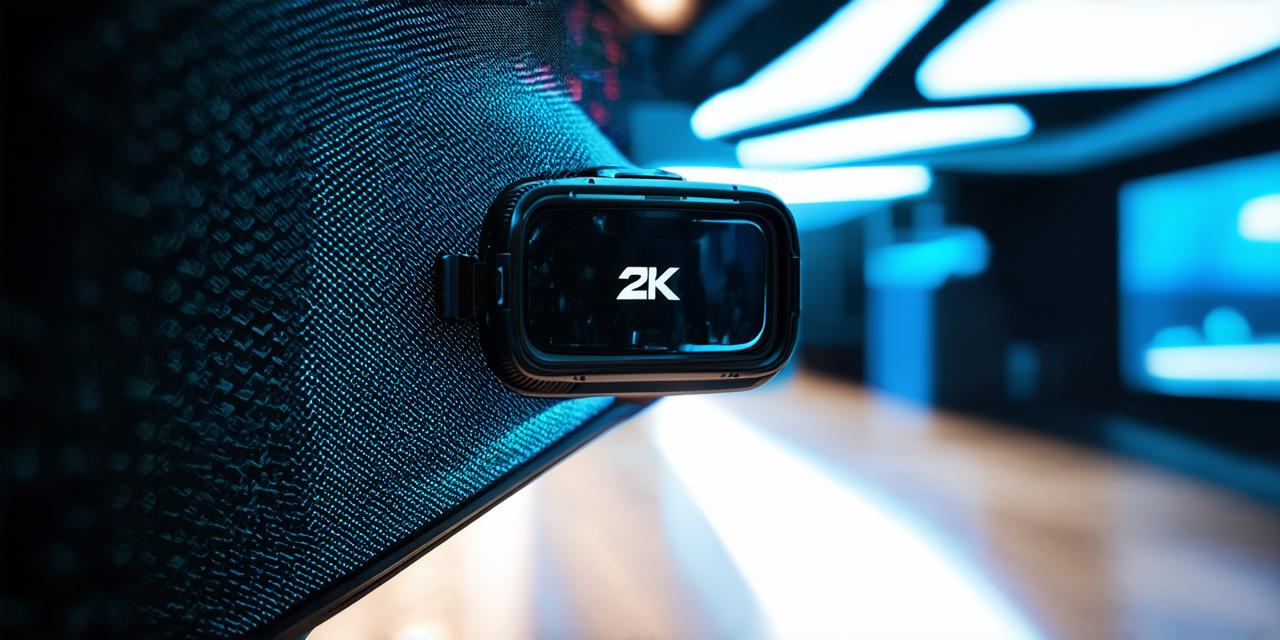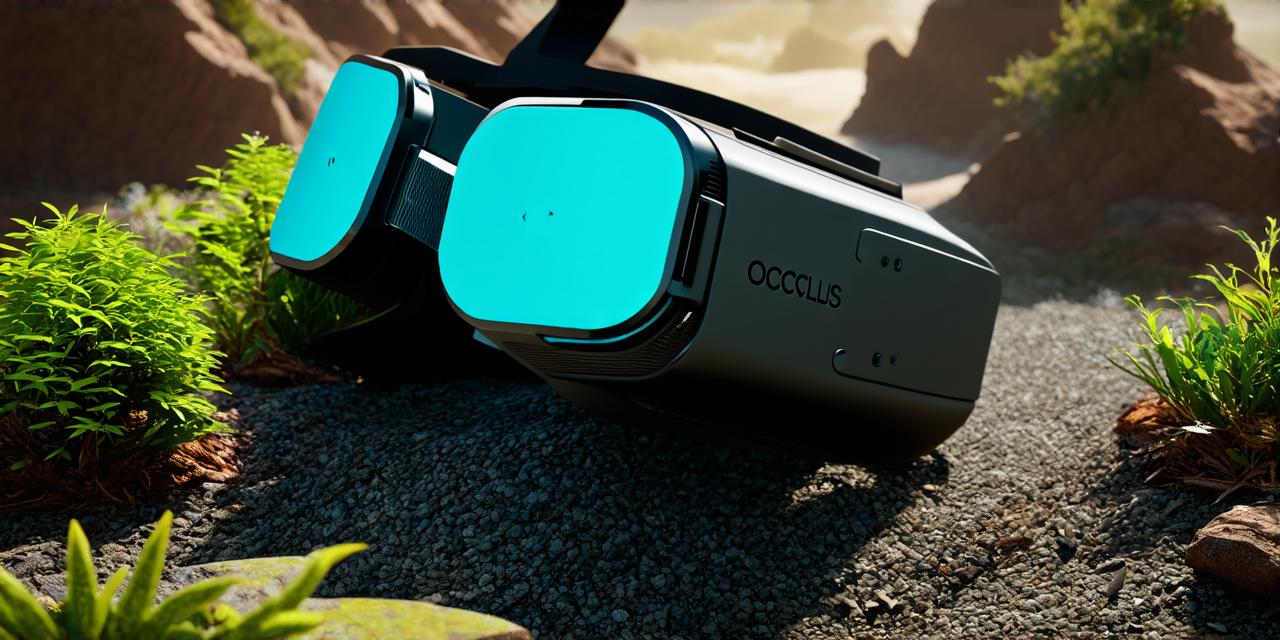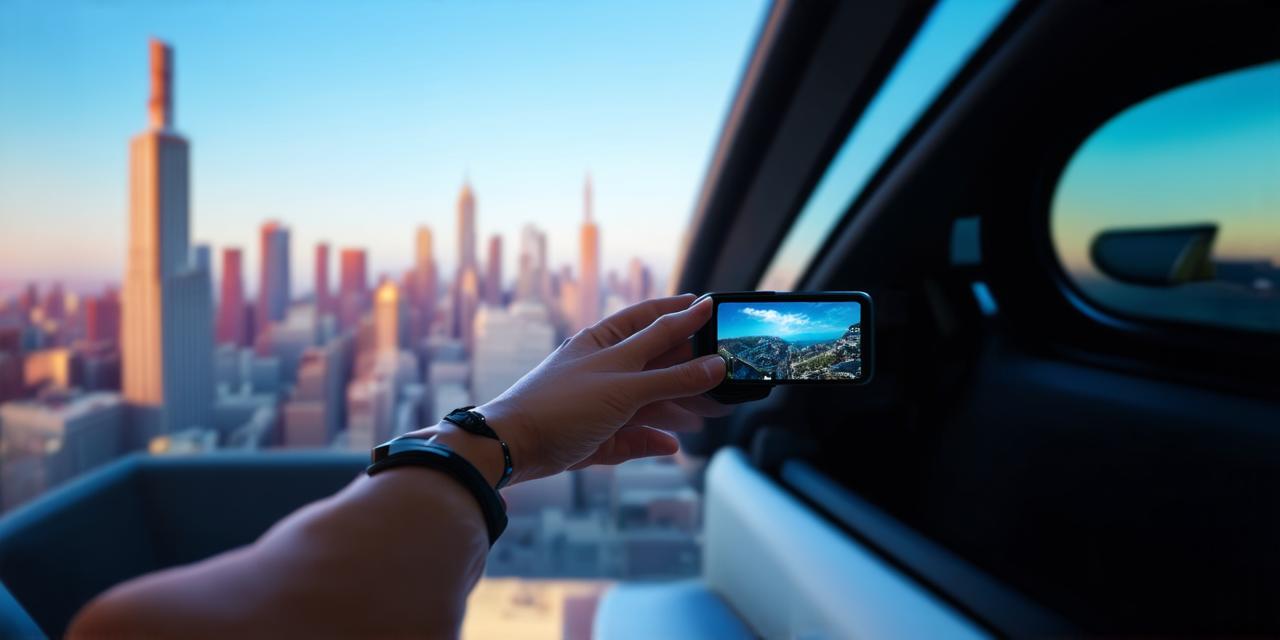AR, VR, and MR: An Overview of Augmented Reality, Virtual Reality, and Mixed Reality
Augmented reality (AR), virtual reality (VR), and mixed reality (MR) are three of the most exciting developments in technology. While they share some similarities, each has its unique features and applications.
Definition of Augmented Reality, Virtual Reality, and Mixed Reality
AR is a technology that overlays digital information on top of the real world. This allows users to see and interact with virtual objects in their physical environment.
VR is a fully immersive experience where the user is placed in a simulated environment. The VR headset blocks out the real world, allowing the user to see and interact with only the virtual environment.
MR is a combination of AR and VR technologies. It allows users to interact with both the physical and virtual worlds at the same time.
Characteristics of Augmented Reality, Virtual Reality, and Mixed Reality
AR is characterized by its ability to overlay digital information on top of the real world. This allows users to see and interact with virtual objects in their physical environment.
VR is characterized by its fully immersive experience, where the user is placed in a simulated environment. VR headsets block out the real world, allowing the user to see and interact with only the virtual environment.
MR is a combination of AR and VR technologies that allows users to interact with both the physical and virtual worlds at the same time.
Examples of Augmented Reality, Virtual Reality, and Mixed Reality Applications
AR is often used in gaming, education, and marketing applications. For example, AR-enabled games like Pokémon Go allow users to capture virtual creatures in the real world.
VR is often used for gaming, entertainment, and education applications. For example, VR headsets like Oculus Rift and HTC Vive are popular choices for gamers looking to experience fully immersive gaming environments.
MR is often used in design and manufacturing applications. For example, MR can be used in the automotive industry to design and test new vehicle components in a virtual environment.
Real-Life Examples of AR, VR, and MR Applications
AR is being used in many real-life applications, such as:
* IKEA’s augmented reality app allows customers to see how furniture would look in their home before buying it.
* The NBA’s augmented reality app allows fans to see 3D graphics of players and teams during games.
* The New York Times uses AR to enhance its news articles, allowing readers to see 3D models of buildings and other locations mentioned in the article.
VR is being used in many real-life applications, such as:
* VR headsets like Oculus Rift and HTC Vive are popular choices for gamers looking to experience fully immersive gaming environments.
* The VR-enabled movie theater chain VR Cinema allows users to experience movies in 360-degree environments.
* The VR-enabled escape room company EscapeVR uses VR headsets and controllers to create immersive escape experiences.
MR is being used in many real-life applications, such as:
* The automotive industry uses MR to design and test new vehicle components in a virtual environment.
* The medical industry uses MR for surgical planning and training.
* The manufacturing industry uses MR to simulate production processes and optimize workflows.
FAQs About Augmented Reality, Virtual Reality, and Mixed Reality
1. What is the difference between AR, VR, and MR?
AR overlays digital information on top of the real world, VR is a fully immersive experience where the user is placed in a simulated environment, and MR is a combination of AR and VR technologies that allows users to interact with both the physical and virtual worlds at the same time.
2. How do AR, VR, and MR work?
AR works by using the camera and sensors on a smartphone or tablet to overlay digital information on top of the real world. VR headsets block out the real world, allowing the user to see and interact with only the virtual environment. MR is a combination of AR and VR technologies that allows users to interact with both the physical and virtual worlds at the same time.
3. What are some real-life examples of AR, VR, and MR applications?
Some real-life examples of AR applications include gaming, education, and marketing. Some real-life examples of VR applications include gaming, entertainment, and education. Some real-life examples of MR applications include design, manufacturing, and medicine.
4. What are some challenges faced by AR, VR, and MR technologies?
Some challenges faced by AR, VR, and MR technologies include high cost, limited field of view, and motion sickness. These technologies also require significant processing power, which can limit their availability to users with older devices or slower internet connections.
Conclusion
AR, VR, and MR are exciting developments in technology that offer a wide range of applications. While they share some similarities, each has its unique features and challenges. By understanding the definition, characteristics, and examples of AR, VR, and MR, developers can create innovative and engaging applications that resonate with users. As this technology continues to evolve, we can expect to see even more exciting developments in the future.





